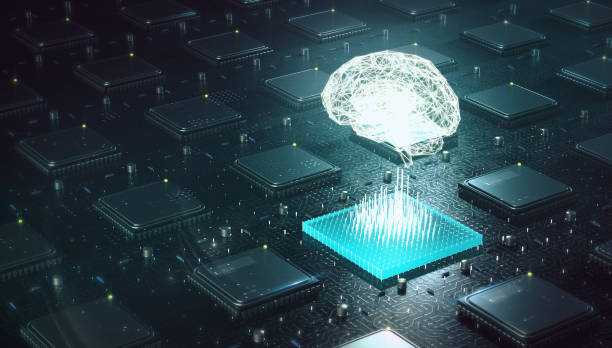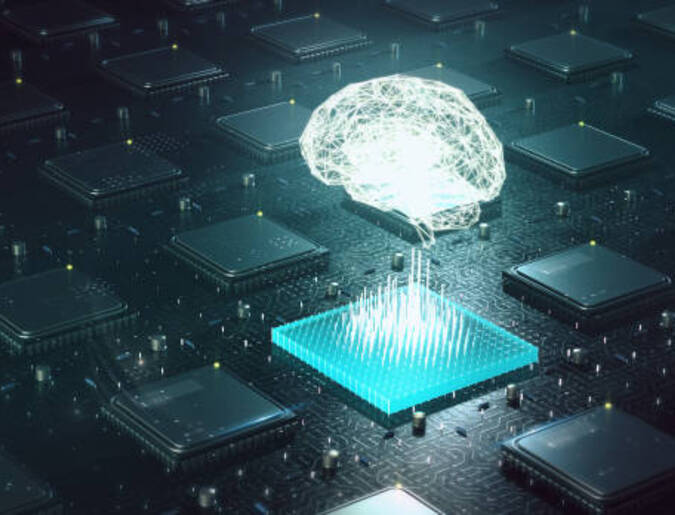Published on 12 July 2021 by Alice Chan
What is Translation Memory?
Translation Memory (TM) is a database for language pairs of previous translated texts, matching the source and target segments. Most of the professional translators apply TM to reuse the previous translation for new tasks to maintain the consistency.
How does TM work?
For the projects with a highly repetitive pattern, translation memory is definitely beneficial to revert the translation to identical or similar texts efficiently with reference to the previous works. Generating AI translation with TM helps saving time and costs to produce the first draft. Take annual reports as an example, a team of human translators usually have to spend over a week to translate an annual report. However, AI translation only takes an hour to process. The time consumed for the first draft will be reduced to the minimal.
Some translators are even surprised to find that translation memory is useful and valuable even for some non-repetitive texts because of the termbases suggested by TM of DeepTranslate. DeepTranslate adopts a high level of alignment with fuzzy logic to modify the new translation based on the TM as reference in order to maintain a consistent style.
What are the highlights of DeepTranslate’s TM?
Automated construction of TM
DeepTranslate build customised TM for users automatically while users of other translation systems have to spend years to build their TM by themselves. Taking an annual report as example, DeepTranslate can build a TM within several hours. After the automated construction of TM, DeepTranslate allows users to make amendments to their TM. Users can finetune or update their TM whenever they want!
Moreover, DeepTranslate provides suggestions of termbases on top of the construction of TM. The AI system points out the terminology from TM automatically to further enhance the AI translation quality.
Easy tracing to the source
The translation which has applied TM is highlighted, while the names of the source TM are listed as remarks for your convenience. The localization process can be speeded up while the translation quality and consistency has been enhanced. Also, users can easily trace the source of TM, in case any rectification or revision on TM are needed to be made.


